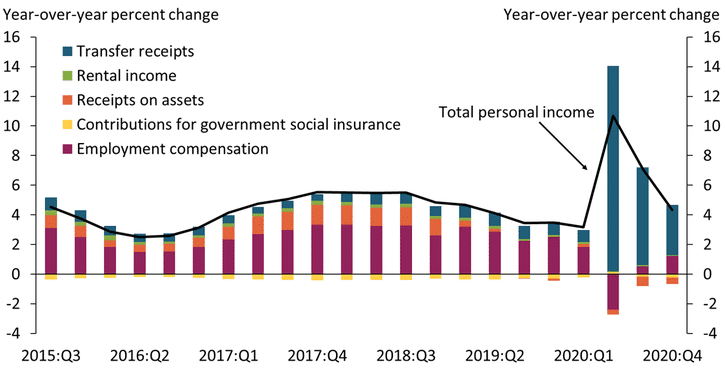Urban Consumption Trends: A Shift in Spending

In recent months, urban consumption patterns have shown a notable shift. As middle-class households face tighter budgets, spending habits are evolving. While some areas of consumption are declining, others are thriving. This article explores the dichotomy in consumer behavior, focusing on the middle class’s adaptation to economic pressures. We will examine how consumers are adjusting their purchasing strategies, the impact of easy financing options, and the contrasting trends in fast-moving consumer goods (FMCG) and durable goods.
Changing Spending Habits Amid Economic Pressures
The middle class is experiencing a slowdown in consumption due to rising costs. Households are feeling the pinch, leading to a more cautious approach to spending. However, this does not mean that all expenditures are down. In fact, many consumers are opting for smaller packaging in fast-moving consumer goods. This shift allows them to manage their budgets more effectively while still purchasing necessary items.
Interestingly, despite the economic challenges, there is a growing trend toward premium products. Many consumers are utilizing flexible payment schemes and equated monthly installment (EMI) plans to afford higher-end items. Nilesh Gupta, director at Vijay Sales, notes that over 75% of consumer durable purchases are now financed through EMIs, a significant increase from 55-60% five years ago. This trend indicates that while consumers are being more strategic about their spending, they are still willing to invest in quality products.
The middle class, defined by think tank PRICE as households earning between Rs 5 lakh to Rs 30 lakh annually, is increasingly attracted to premium offerings. Fumiyasu Fujimori, MD of Panasonic Life Solutions India, highlights that consumers are purchasing IoT-enabled appliances and inverter air conditioners. This trend suggests that even in challenging economic times, there is a desire for product upgrades and modern conveniences.
The Role of Easy Financing in Consumer Choices
Easy financing options have played a crucial role in shaping consumer behavior. With many households lacking surplus savings, EMIs provide a viable solution for purchasing high-ticket items. Angshuman Bhattacharya, a partner at EY-Parthenon, emphasizes that consumers are increasingly turning to EMIs to manage their finances. This trend is likely to continue as job creation and wage increases remain essential for boosting overall consumption.
The recent repo rate cut by the Reserve Bank of India (RBI) may further enhance EMI options for consumers. Gupta suggests that this could lead to more attractive financing offers from brands, encouraging consumers to spend on premium products. As disposable incomes rise, particularly following income tax relief measures, consumers may feel more confident in their purchasing decisions.
Jewelry companies are also adapting to these trends. Malabar Gold, for example, offers gold saving schemes and flexible payment options to help consumers navigate price fluctuations. Such initiatives allow consumers to make smaller deposits over time, making it easier to invest in luxury items without straining their budgets.
FMCG vs. Durable Goods: A Tale of Two Markets
The landscape of consumer goods is markedly different between fast-moving consumer goods (FMCG) and durable goods. In the FMCG sector, there is a clear preference for smaller pack sizes. Consumers are increasingly seeking flexibility in managing their budgets, particularly in categories like personal care and snacks. Shivam Puri, CEO of Cipla Health, notes that this trend is most pronounced among middle-income households.
Even within premium segments, consumers are gravitating toward lower-priced options. Rajeev Jain, SVP of corporate marketing at DS Group, observes that there is growth in the premium category for lower-priced stock-keeping units (SKUs). This indicates that consumers are strategically managing their spending by selecting smaller, more affordable options within premium categories.
In contrast, the durable goods market is witnessing a surge in demand for premium products. As consumers upgrade their appliances and invest in quality items, the market is adapting to meet these needs. N S Satish, president at Haier Appliances India, predicts further acceleration in the adoption of premium products, driven by increased disposable incomes and consumer aspirations.
Observer Voice is the one stop site for National, International news, Sports, Editor’s Choice, Art/culture contents, Quotes and much more. We also cover historical contents. Historical contents includes World History, Indian History, and what happened today. The website also covers Entertainment across the India and World.

